Winter Roof Prep for Upper Valley Homes in 2025
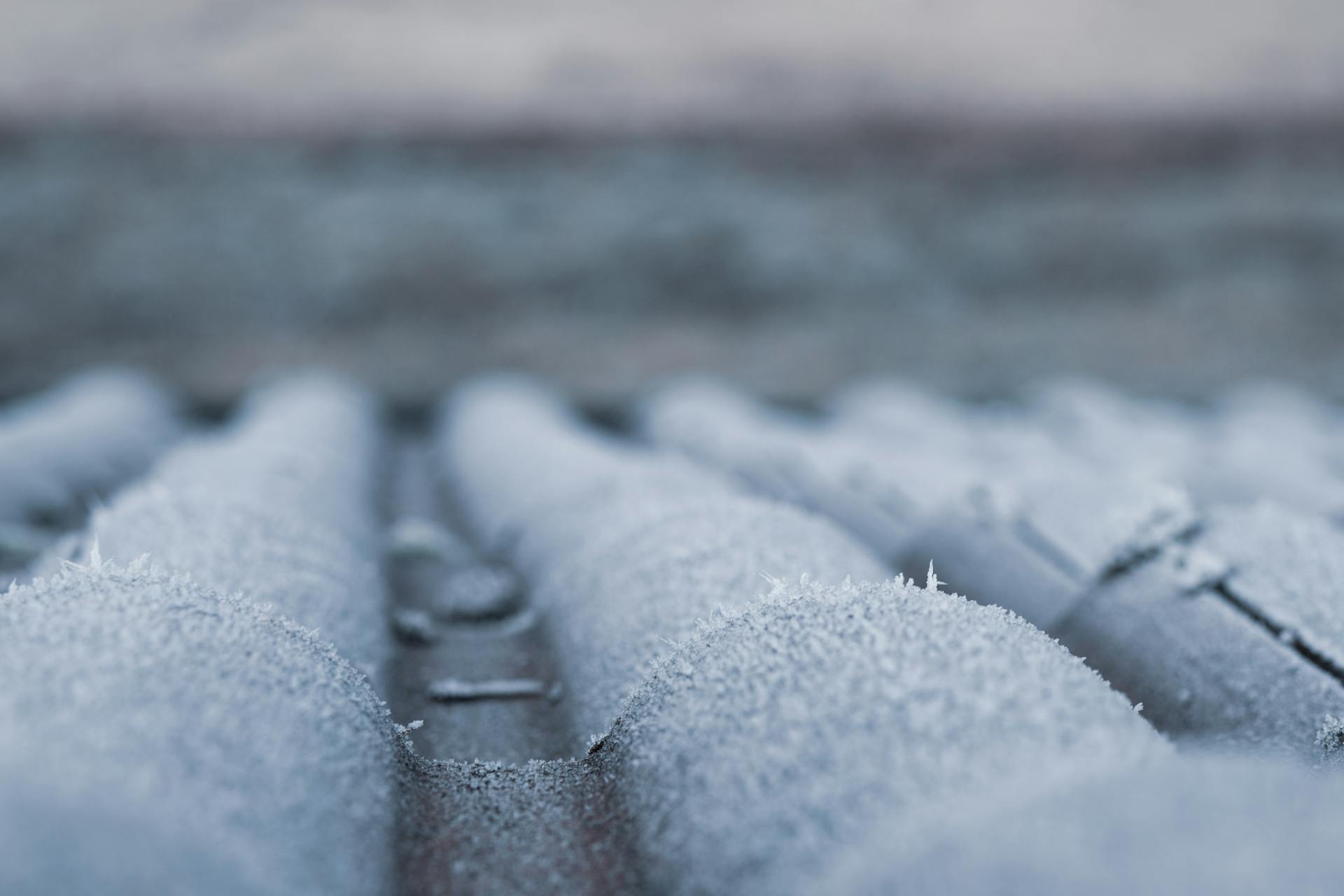
Residents in Georges Mills, Sunapee, Hanover, Lebanon, and White River Junction face beautiful winters that are also tough on roofs. The goal here is simple, fewer leaks, safer snow loads, and better comfort all season.
How to use this guide:
- Learn the basics, then act on one or two items this month.
- When a repair needs a pro, book a quick inspection with our roofing team and contact our office.
Why Winter Prep Matters in NH and VT
- Freeze thaw cycles drive meltwater under shingles, then refreeze at cold eaves. That leads to ice dams and interior stains.
- New Hampshire adopts model building codes under RSA 155 A. This anchors local roofing work to shared definitions and requirements across many towns.
- The model code requires an ice barrier in areas with a history of ice forming along eaves. That describes much of the Upper Valley and is why eave protection is common on reroofs. See ICC 2021 IBC 1507.1.2, Ice barriers.
Quick wins
- Schedule a roof and attic check to spot ventilation gaps and brittle underlayment before the first big storms. Start with a no pressure visit from our roofing pros.
- If your gutters overflow in early freezes, plan a fall cleanout and protection. Ask about options when you get in touch.
Helpful local context
The City of Lebanon reminds homeowners that weight matters more than depth, and notes typical regional design snow loads in the 50 to 90 psf range. Read the city’s guidance on ice and snow on roofs.
Ice Dams 101, Causes and Warning Signs
What is an ice dam
A ridge of ice that forms along the eaves when heat loss melts the underside of the snow pack, then refreezing occurs at colder edges. Backed up water finds seams and nail holes.
Typical causes
- Warm attic from air leaks and thin insulation near exterior walls.
- Limited soffit intake or blocked baffles, plus weak ridge exhaust.
- Non vented cathedral sections that trap heat at valleys and eaves.
Warning signs
- Icicles at eaves, uneven roof melt, ceiling stains near outside walls, frost on nail tips in the attic.
- Early season gutter ice and water spilling over the lip.
What to do next
- Improve air sealing, then balance intake and ridge venting. NRCA emphasizes balancing net free area between soffits and ridge for typical attics. See NRCA homeowner resources on attic ventilation.
- When reroofing, include an ice barrier at eaves per the model code and extend it the required distance inside the warm wall line. See ICC 2021 IBC 1507.1.2.
- If water is active, protect interiors, photograph damage, and request a same week assessment through our roofing service page or contact form.
Attic Ventilation and Insulation Basics
Balanced ventilation helps keep roof decks cold, which limits melt and refreeze cycles. It also helps shingles meet warranty targets and reduces moisture that can frost on nails.
Targets and checks
- Aim for balanced intake and exhaust, not just a big ridge vent. Review NRCA’s plain language guidance on balanced attic ventilation, then apply manufacturer instructions.
- Confirm soffit vents are open. Use baffles to keep insulation from blocking airflow.
- Seal electrical penetrations and top plates before adding insulation. Small air leaks drive big ice dams.
Five minute inspection
- From the attic, look for daylight at soffits.
- Check that bath fans vent outdoors.
- On cold days, touch the sheathing. Warm patches above kitchens and baths hint at air leaks.
For Vermont readers
If you are navigating energy code details, start with Efficiency Vermont’s Energy Code Support and the RBES resources listed there. New Hampshire readers can review the Department of Energy’s Energy Codes page for forms and updates.
Ice Barrier and Underlayment, Where Code Calls It Out
The International Code Council spells out when to install an ice barrier on steep slope roofs. The plain language takeaway, where there is a history of ice forming along eaves that causes water backup, install an ice barrier for the listed materials, including asphalt shingles, metal roof shingles, slate and slate type products, wood shingles, and shakes. See ICC 2021 IBC 1507.1.2.
Action items for homeowners
- Ask your estimator about self adhering ice and water protection at eaves and valleys when you reroof.
- If you plan to add a skylight, coordinate the flashing and eave protection during the same mobilization. Learn more on our Windows and Skylights page.
- If you are unsure about local amendments, start with New Hampshire’s overview of the state building code under RSA 155 A, then confirm with your town.
Snow Loads, When to Rake, When to Call A Pro
Key idea
Snow weight, not depth, drives risk. Wet snow can weigh many times more than powder, and roof geometry creates drift zones that add localized loads. Lebanon’s public guidance lists typical design snow loads for the region and reminds homeowners not to rely on depth alone. Review the city’s page on ice and snow on roofs.
Safe homeowner steps
- From the ground, use a roof rake to clear the first 3 to 4 feet above the eaves after significant storms. Keep feet on the ground and avoid ladders in icy conditions. See reminders in Lebanon’s roof safety guidance.
- Do not chip ice off shingles. You risk shingle damage and personal injury.
- Watch for new creaks, interior drywall cracks, or doors that begin to stick.
When to call a professional
- Two story homes, steep slopes, complex roofs with dormers, or heavy wet snow after a thaw.
- If you see sagging or new leaks, request help from our roofing team and contact us for safe snow removal and assessment.
Gutter Prep from Leaf Season to Late Winter
Healthy gutters keep meltwater out of your walls and foundation, and they help reduce ice dam risk at the eaves.
Prep checklist for fall
- Clean gutters and downspouts, then run a hose test to confirm flow.
- Extend downspouts 3 to 6 feet away from the foundation.
- Inspect seams and hangers, tighten any loose sections.
- Consider protection that sheds needles and ice. If you are weighing options, see our gutter services for seamless, half round, and toppers.
What to watch in early winter
- Look for the first signs of gutter ice during a cold snap after a thaw.
- If water sheets over the gutter lip, clear the first 3 to 4 feet of roof snow with a rake from the ground and call our roofing team if you see leaks. The City of Lebanon shares practical tips on ice and snow on roofs.
When to upgrade
Chronic overflow, fascia damage, or constant ladder trips are signals to upgrade. Book a quick look through our contact page.
Emergency Leak Playbook for Midwinter Storms
Fast action limits damage and helps your claim go smoothly.
Immediate steps
- Protect interiors with plastic and buckets, move valuables, and turn off power to wet fixtures.
- Photograph the roof, attic, and interior evidence. Keep receipts for supplies and temporary labor.
- If it is safe, use a roof rake from the ground to lower eave loads, then call our roof repair team.
Insurance and disaster help
- File an insurance claim first when you have coverage.
- If a federal disaster is declared and you have unmet needs, review FEMA’s guidance on what repairs may be covered and the Individuals and Households program for housing and other needs.
- Keep a simple log of dates, calls, and photos. This supports both carrier reviews and any FEMA inspection.
How we schedule winter work
We stabilize first, then plan permanent repairs for the next safe weather window. Start the process on our Contact page.
Materials That Perform in New England
Cold climate roofs need the right assembly, not just the right shingle.
Asphalt shingles
- Pair quality shingles with a full underlayment system and a self adhering ice barrier at eaves where required by code. See the model rule in IBC 1507.1.2, Ice barriers.
- Vent the attic correctly to help materials meet warranty targets. NRCA explains balanced intake and ridge in its homeowner ventilation guidance.
Standing seam metal
- Add properly engineered snow retention at entries and walkways. Our sheet metal team fabricates details and custom flashings for long life.
- Use high quality underlayment and watch for condensation control in unvented assemblies.
Skylights and windows
- If you plan upgrades in 2025, the Energy Efficient Home Improvement Credit may apply. See ENERGY STAR’s page for windows and skylights and the IRS overview of the 25C credit.
- New Hampshire readers can find forms and updates on the state’s Energy Codes page. Vermont readers can start with Efficiency Vermont’s Energy Code Support.
When to Call WeatherCheck
Call us when any of the following are true.
- You see active leaks, new ceiling stains, or drywall cracks after a heavy snow.
- Icicles form along large sections of eaves.
- You plan a reroof and want the right ice barrier, ventilation, and flashing details.
- You are comparing gutter toppers or snow retention for a metal roof.
- You are replacing a skylight and want it tied cleanly into new underlayment.
Book a no pressure visit with our roofing specialists, explore gutter options, review windows and skylights, or reach out on our contact page. We serve Georges Mills, Sunapee, Hanover, Lebanon, White River Junction, and the greater Upper Valley.
FAQ
- Do I need an ice barrier on my home?
In the Upper Valley, yes in most cases. The model code requires ice barriers where eave ice has historically caused water backup. See IBC 1507.1.2 and confirm any local amendments in New Hampshire’s RSA 155 A overview. - How much attic ventilation is enough?
Use balanced intake and exhaust so net free area at soffits roughly matches at or near the ridge. NRCA outlines the concept in its ventilation resources. - Is it safe to remove roof snow myself?
Only from the ground with a roof rake. Avoid ladders in icy conditions and stop if you see sagging or hear new creaks. See Lebanon’s reminders on ice and snow on roofs. For anything risky, schedule our roofing team. - Can I replace a skylight in winter?
Yes with planning. Pick a clear day, protect interiors, and integrate new flashing and underlayment at the eaves. Start with our Windows and Skylights page. - Will FEMA help pay for storm damage?
Only after a declared disaster, and only for essential repairs to make a home safe and functional. Review FEMA’s guide to what repairs may be covered. - Do tax credits apply to window or skylight projects in 2025?
Yes, subject to limits and product criteria. ENERGY STAR lists the windows and skylights credit through December 31, 2025, and the IRS explains the 25C credit. Always consult a tax professional. - What towns do you serve?
Georges Mills, Sunapee, Hanover, Lebanon, White River Junction, and nearby Upper Valley communities. Use our contact page to see current scheduling. - How fast can you respond to a winter leak?
We prioritize emergencies. Call 603 763 4900 and use the contact form. We stabilize first, then schedule permanent repairs as weather allows.
About WeatherCheck, LLC
WeatherCheck, LLC is a family owned and operated business. Since the early 1900's, the Mayo family has been serving the needs of the construction industry in New England. Having been involved in areas of application, design and product testing, our expertise reaches well beyond the field.







.jpg)
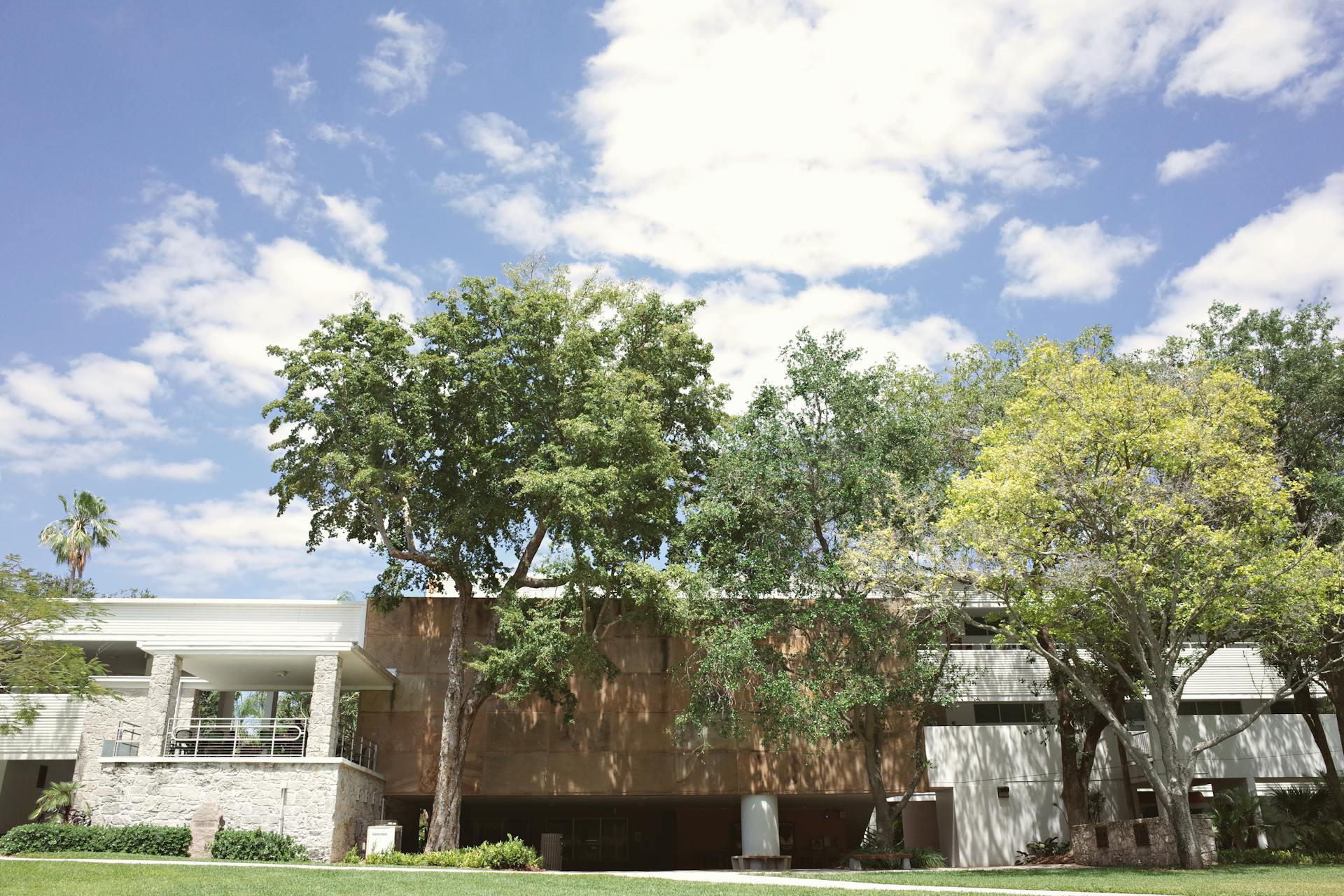


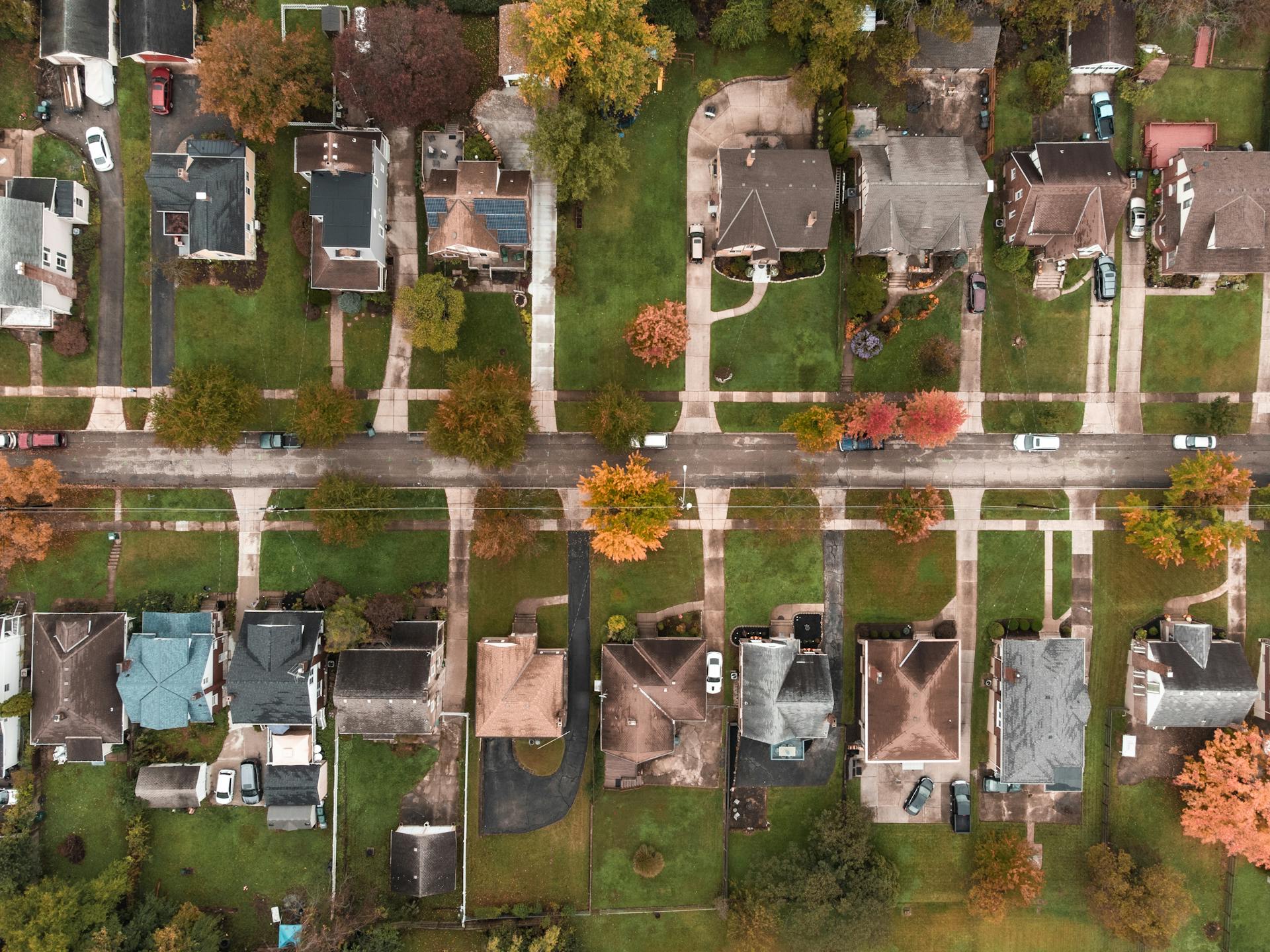
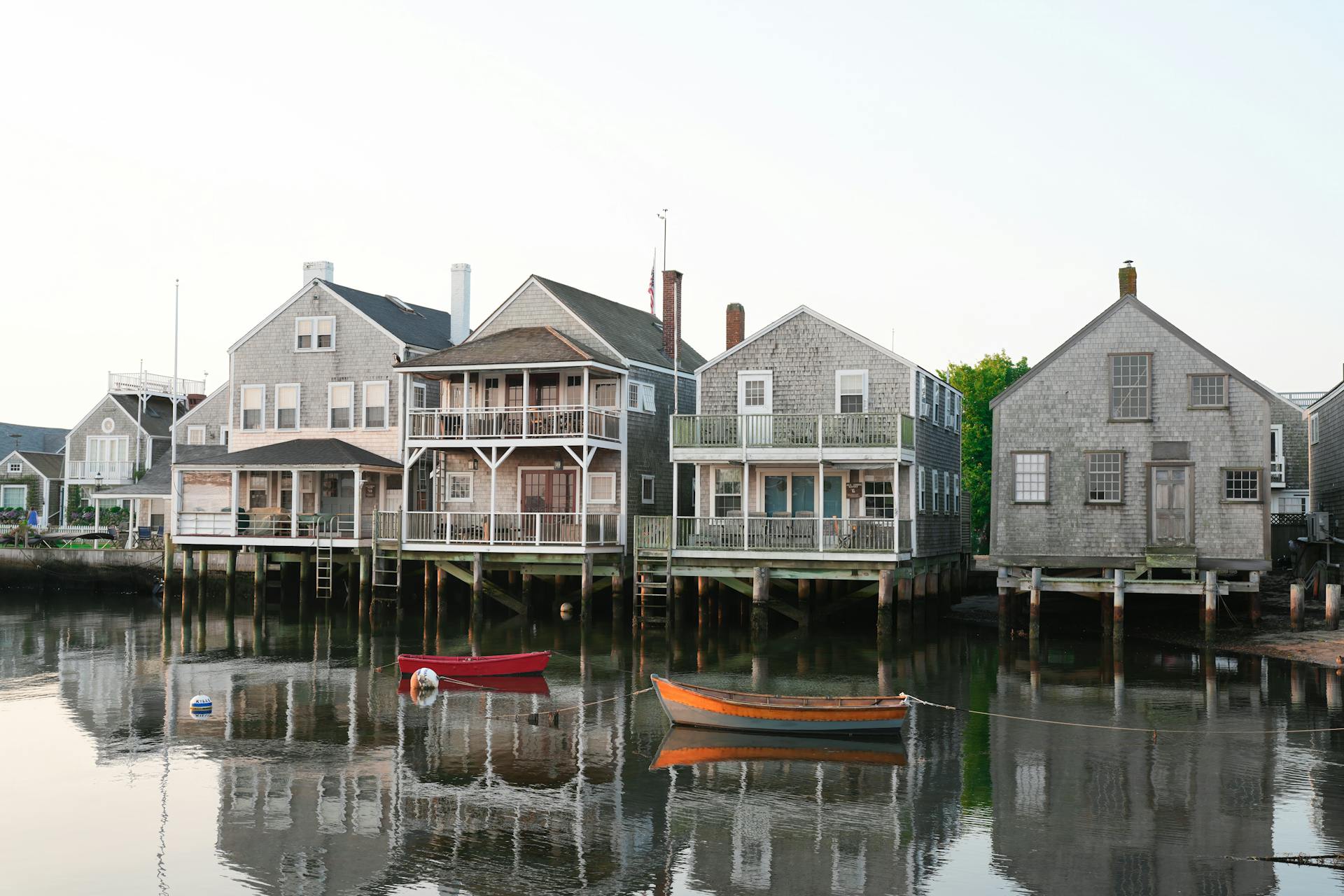



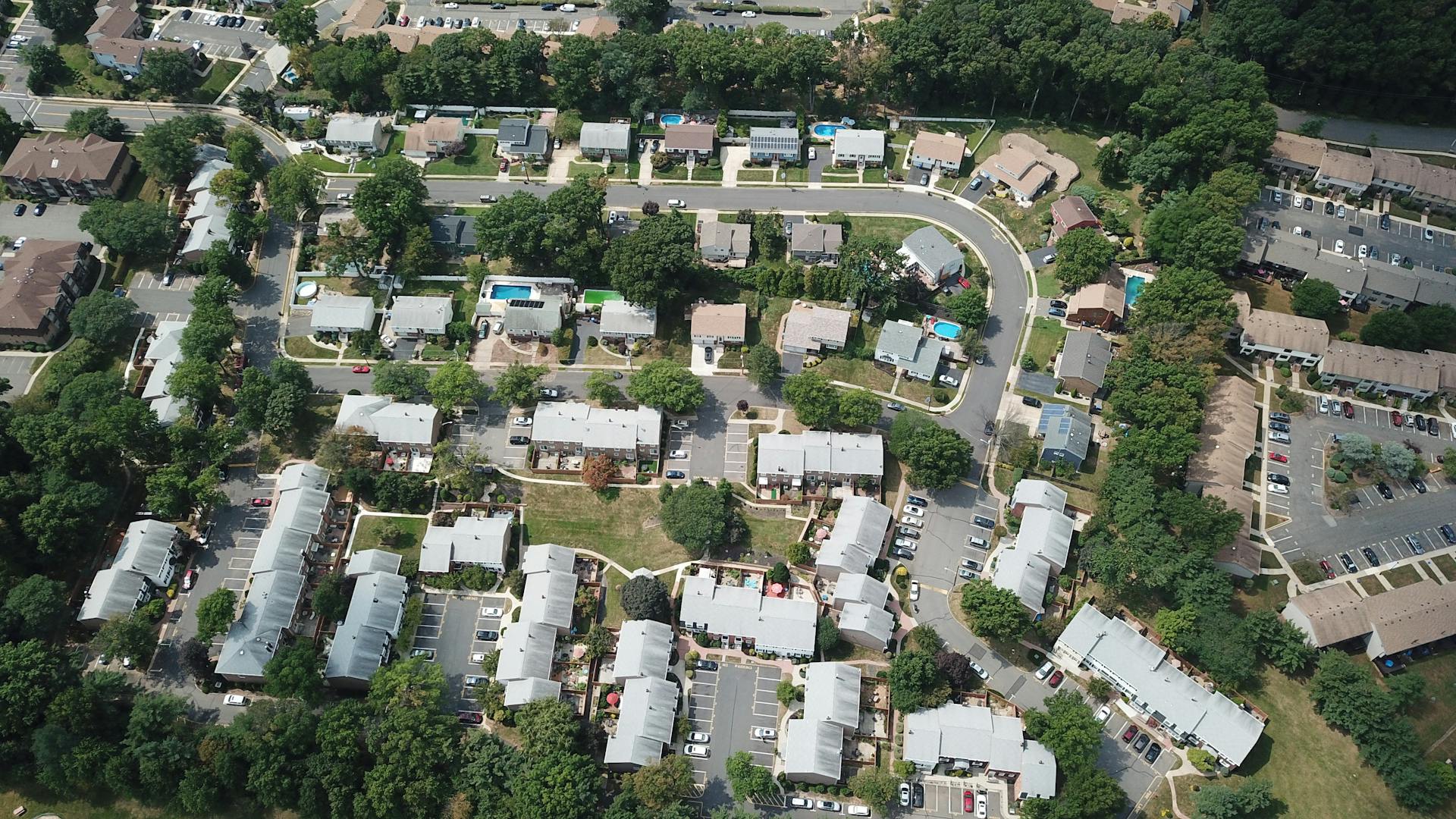
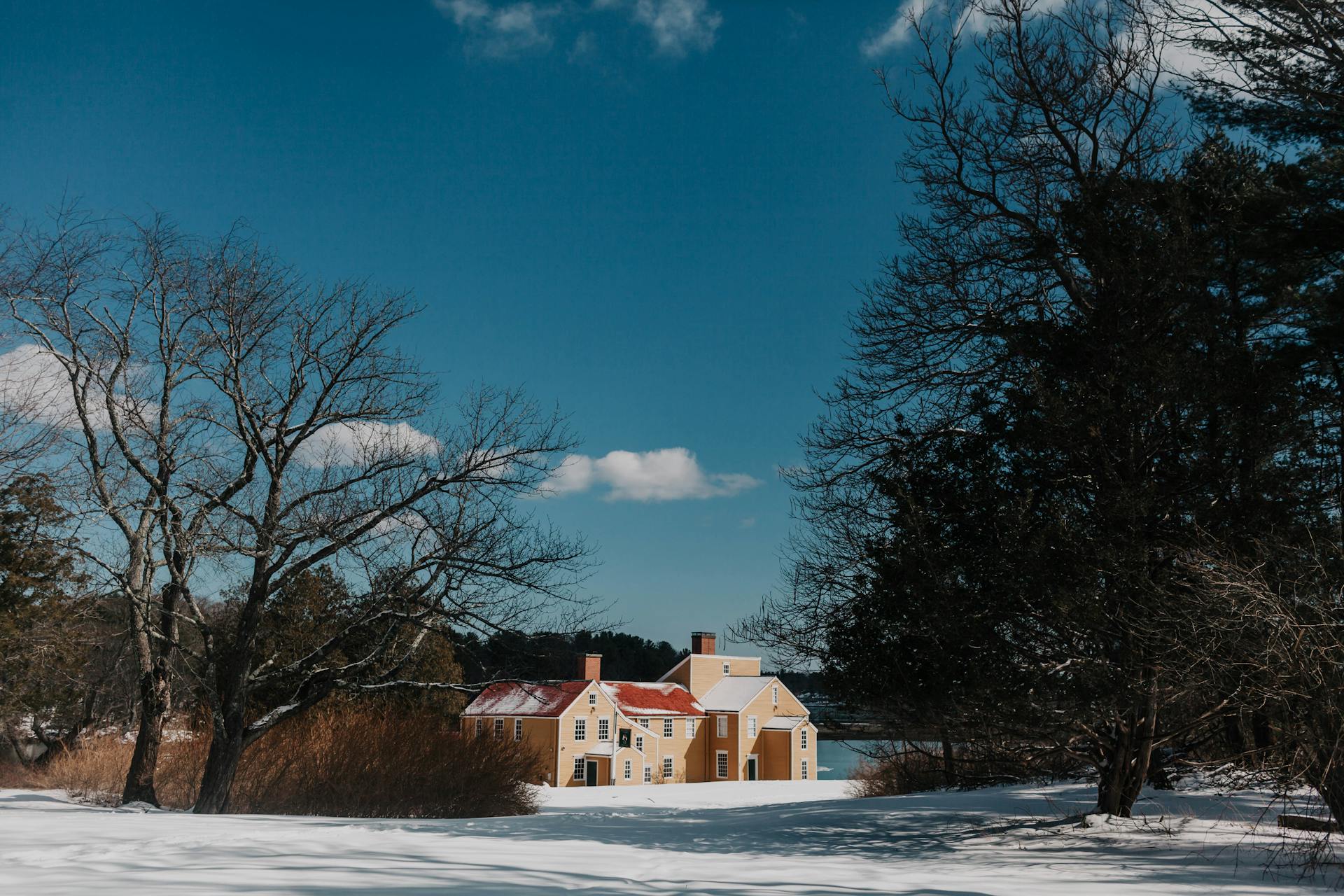
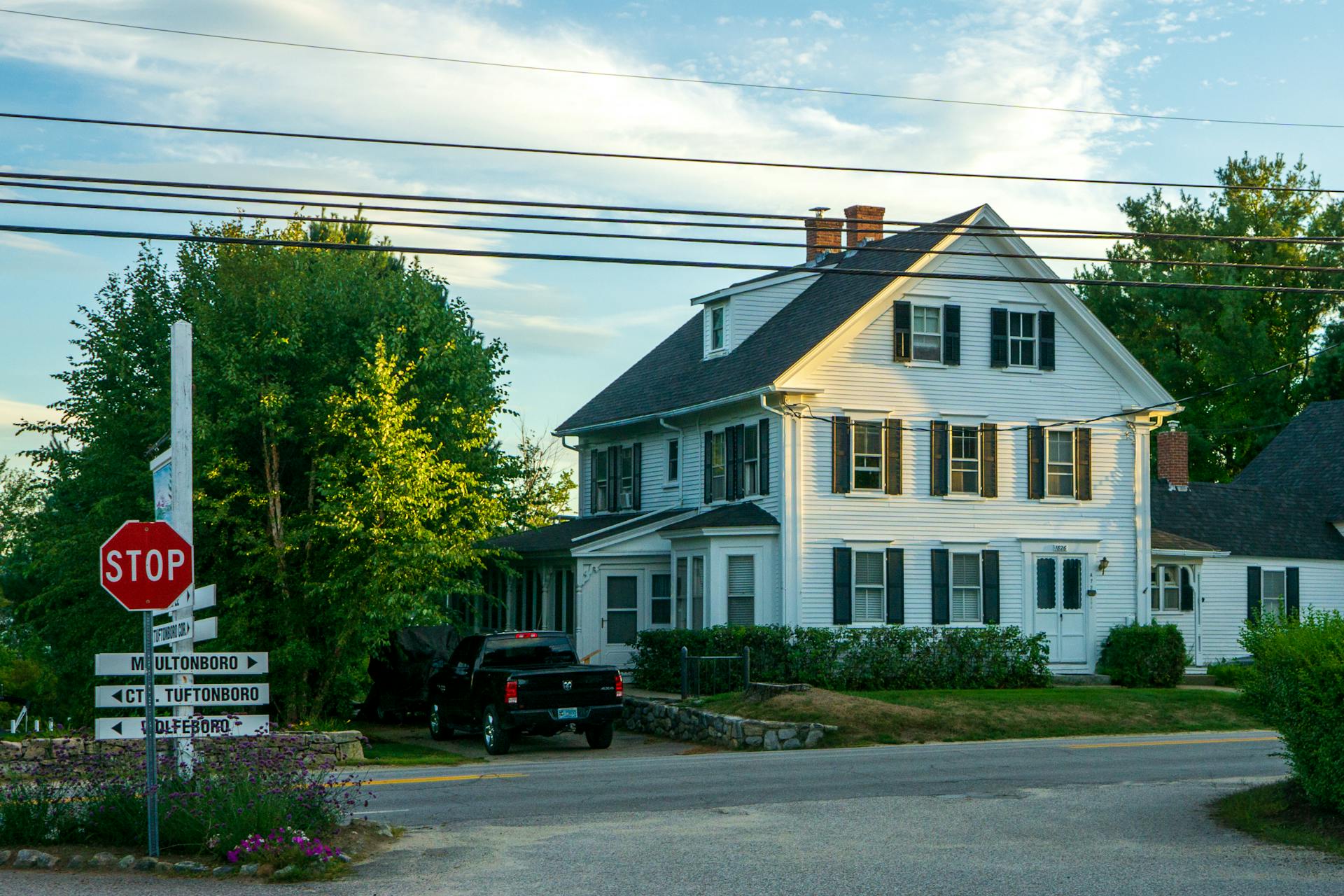
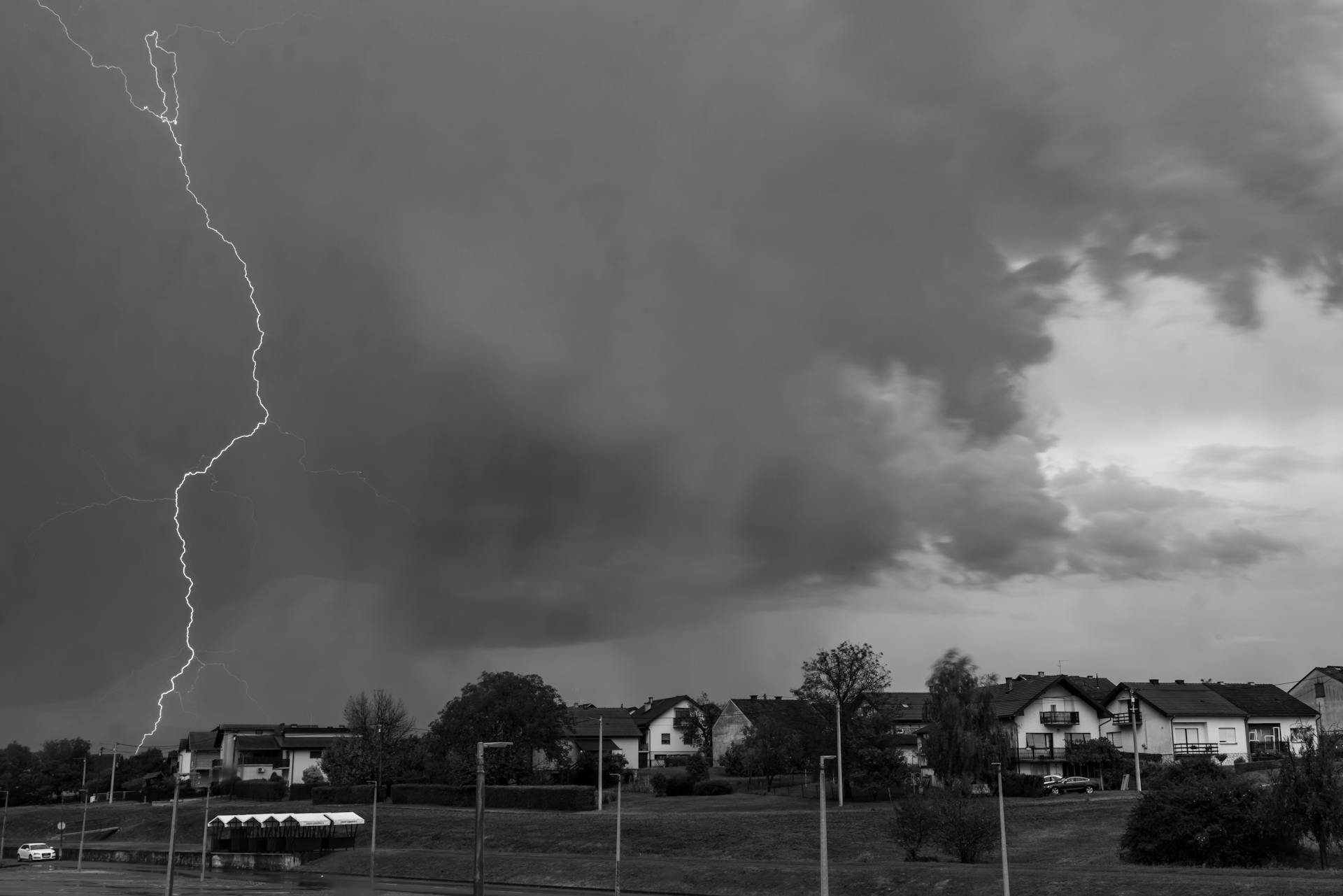
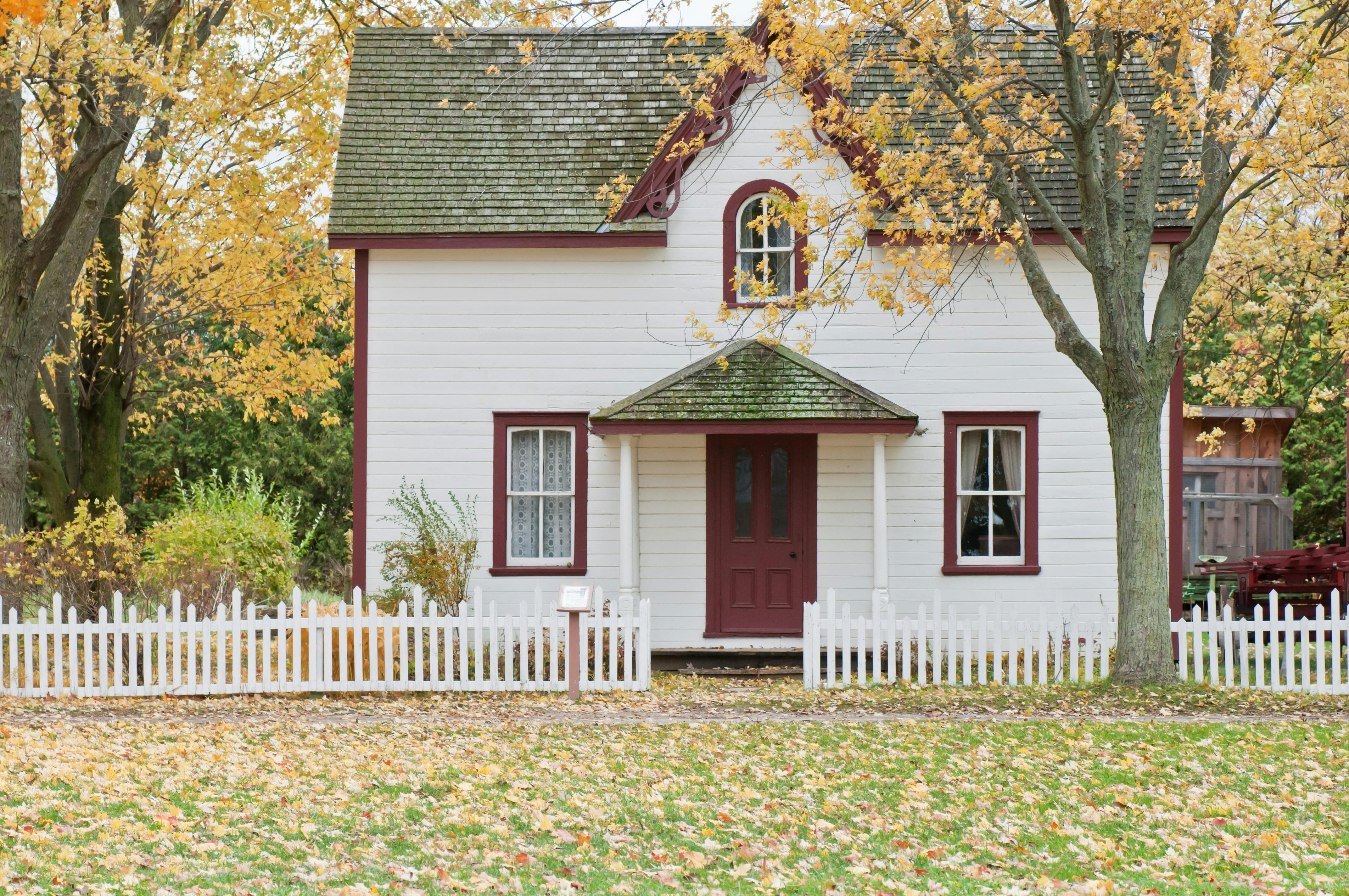
.jpg)

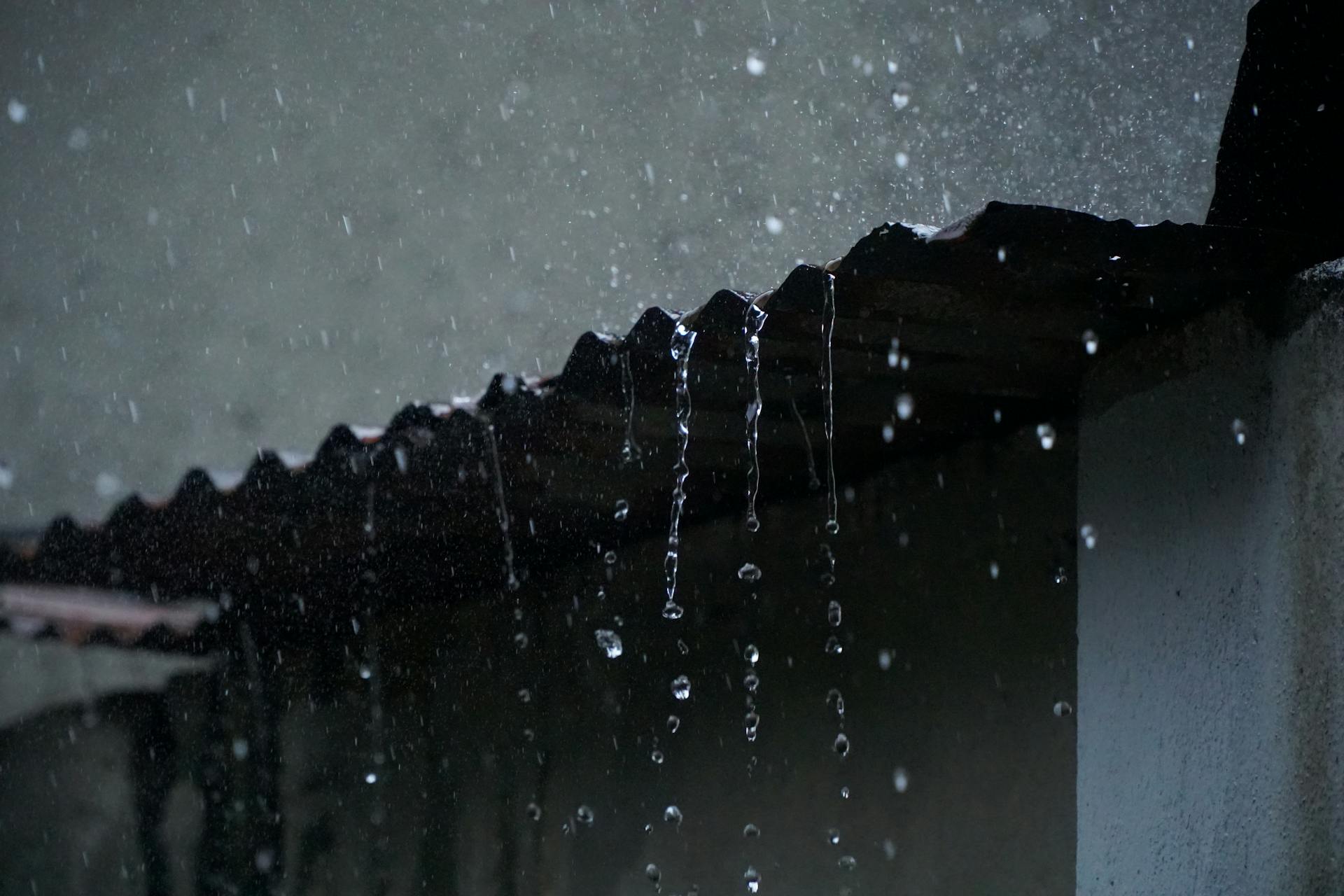
























.jpg)
.jpg)
.jpg)
.jpg)
.jpg)
.jpg)
.jpg)
.jpg)

.jpg)




















